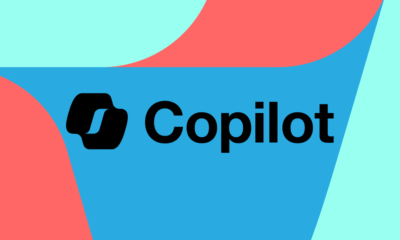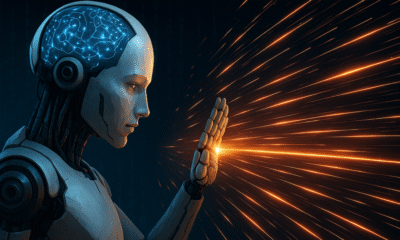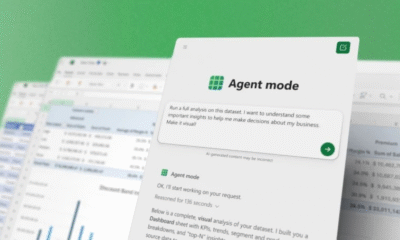AI
Unveiling the Enigma of AI Agents: Do We Truly Understand Them?

Navigating the World of AI Autonomy: A Comprehensive Guide
In the realm of artificial intelligence, the term “AI agent” encompasses a wide range of capabilities, intelligence levels, and trustworthiness. This ambiguity can make it challenging to develop, assess, and govern these powerful tools effectively. Without a clear understanding of what we are building, how can we determine our success?
To shed light on this complex landscape, let’s delve into the definition of an AI agent. According to Stuart Russell and Peter Norvig’s “Artificial Intelligence: A Modern Approach,” an agent is anything that perceives its environment through sensors and acts upon it through actuators. In the context of modern AI technology, an AI agent comprises four key components:
1. Perception: This involves how the agent gathers information about its environment, whether digital or physical, through sensors.
2. Reasoning engine: The core logic that processes perceptions, makes decisions, plans, and selects appropriate tools for the task, typically powered by a large language model.
3. Action: The mechanism through which the agent influences its environment to achieve its goal.
4. Goal/objective: The overarching task or purpose that guides the agent’s actions and turns a set of tools into a purposeful system.
A true AI agent is a comprehensive system that integrates these components, enabling it to act independently and dynamically towards a specific goal. In contrast, a standard chatbot lacks an overarching goal and the ability to utilize external tools effectively, making it less autonomous.
Drawing inspiration from industries like automotive, aviation, and robotics, we can glean valuable insights into classifying autonomy levels for AI agents. For example, the SAE J3016 standard defines six levels of driving automation, emphasizing the dynamic driving task and operational design domain. Similarly, the Parasuraman, Sheridan, and Wickens model outlines ten levels of automation for decision-making in aviation, focusing on human-machine interaction nuances.
In the realm of robotics, the National Institute of Standards and Technology’s Autonomy Levels for Unmanned Systems (ALFUS) framework introduces three axes – human independence, mission complexity, and environmental complexity – to assess autonomy levels.
As the field of AI agents evolves, emerging frameworks categorize autonomy levels based on different perspectives:
1. Capability-focused frameworks emphasize an agent’s technical architecture and capabilities, providing a roadmap for developers to benchmark progress.
2. Interaction-focused frameworks center on the nature of the human-agent relationship, defining levels based on user roles and control.
3. Governance-focused frameworks address legal, safety, and ethical considerations, determining accountability for an agent’s actions.
Challenges and gaps persist in defining the operational boundaries for digital agents, enabling long-term reasoning and planning, fostering robust self-correction, ensuring composability among multiple agents, and achieving alignment with human values and intentions.
Looking ahead, the future of AI agents lies in collaborative efforts, where specialized agents form an “agentic mesh” to tackle complex problems alongside human counterparts. The “centaur” model, where humans serve as co-pilots or strategists, will likely be the most effective and responsible approach.
By leveraging these frameworks and insights, developers can build trust, assign responsibility, and set clear expectations for AI agents, paving the way for them to become dependable partners in our work and lives.
-

 Video Games2 days ago
Video Games2 days agoTekken 8: Rise of the Shadows
-

 Video Games2 days ago
Video Games2 days agoGoku Takes on the Dragon Ball FighterZ Arena
-

 Amazon2 days ago
Amazon2 days agoNeil Young Takes a Stand: Pulling Music from Amazon in Protest of Jeff Bezos’ Support for Trump
-

 Tech News2 days ago
Tech News2 days agoSamsung Galaxy UI 8: Embracing the Big Free AI Upgrade
-

 Security2 days ago
Security2 days agoCritical Vulnerability Exposed: Oracle EBS Targeted in Recent Cyber Attacks by Cl0p Hackers
-

 Microsoft2 days ago
Microsoft2 days agoEnhanced Copilot Features: Creating Office Documents and Gmail Integration
-

 Apple2 days ago
Apple2 days agoExploring the Dystopian Realms of Pluribus: An Apple Original Series Trailer
-

 AI1 day ago
AI1 day agoOracle’s Next-Gen Enterprise AI Services Powered by NVIDIA’s Cutting-Edge GPUs































